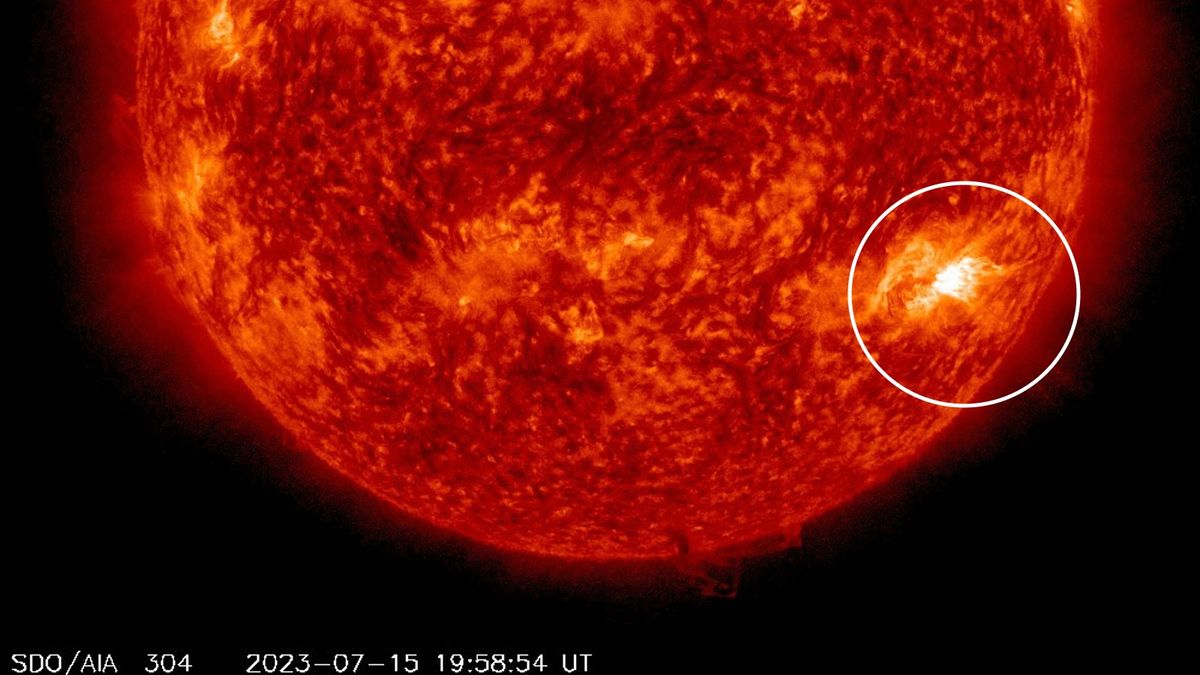Cheran
Senior Member
- Joined
- Sep 8, 2019
- Messages
- 9,036
- Likes
- 79,299
Should we be worried?
Massive solar flares happened on 18th .i.e yesterday

 www.reuters.com
www.reuters.com


 www.livescience.com
www.livescience.com

Massive solar flares happened on 18th .i.e yesterday

Russian scientists warn of powerful solar flare activity on Monday
Powerful solar flare activity is forecast for Monday which may interfere with short-wave communications, Russian scientists said after three flares were observed on the sun on Sunday.

'Cannibal' coronal mass ejection that devoured 'dark eruption' from sun will smash into Earth today (July 18)
Two coronal mass ejections have combined into an enormous cloud of magnetized plasma that is forecast to hit Earth on Tuesday and potentially trigger a weak geomagnetic storm.
